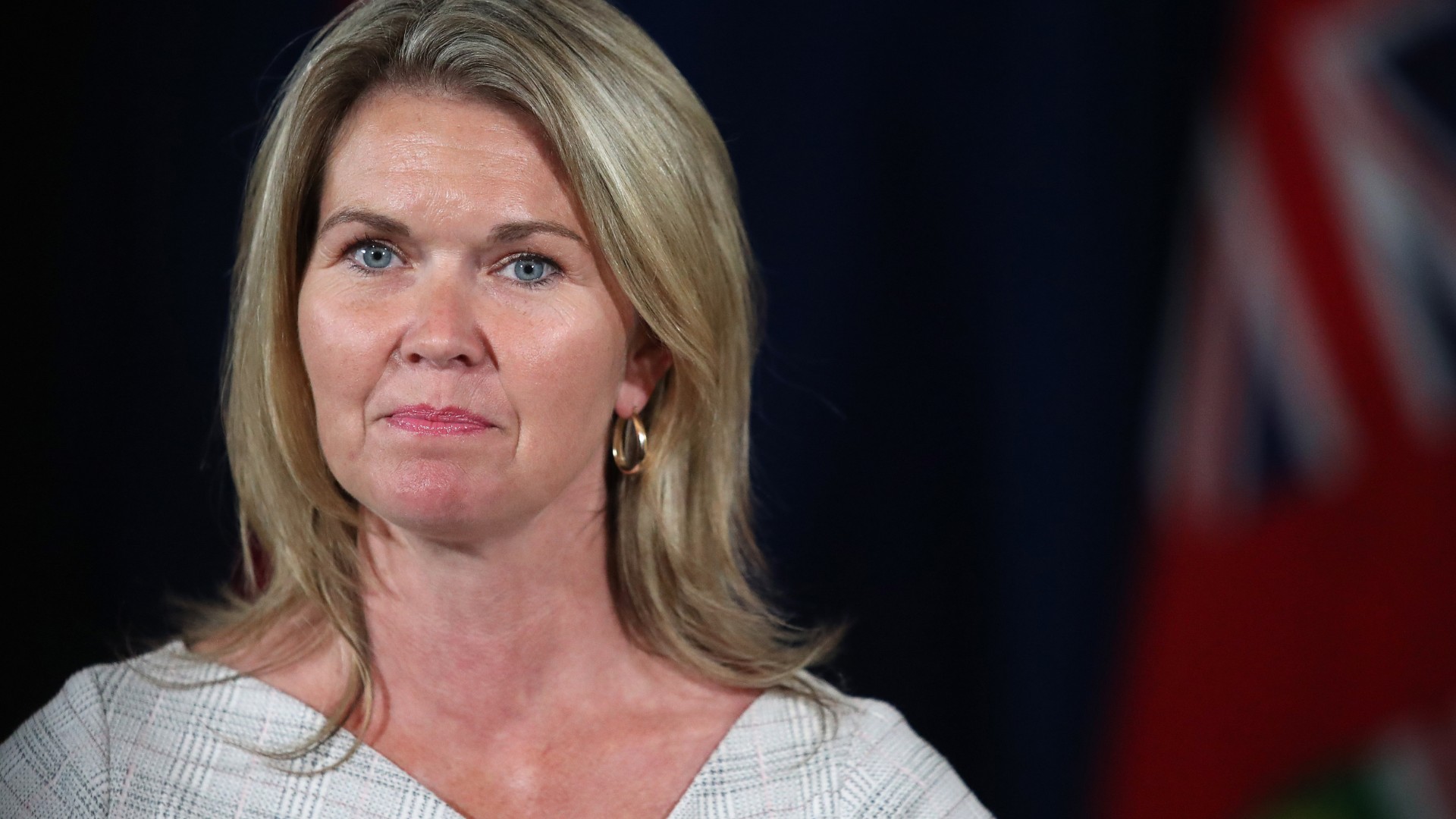Ottawa Inuit association says it’s “encouraged” by Ontario’s plan to redesign child welfare

Tungasuvvingat Inuit (TI), the counselling and resource centre for Inuit in Ottawa, says this week it’s encouraged by the Ontario Government’s announcement at the end of July that it’s planning to redesign child welfare in the province.
Ontario outlined its plan on July 29 to encompass the gamut of child welfare services in the province and included plans for the implementation of Indigenous-lead child and family services .
“Protection services are a last resort,” the government said in a news release. “When they are needed, they will be directly delivered by or with First Nations, Inuit, and Métis peoples wherever possible.”
Amanda Kilabuk, TI’s acting executive director, said this sends a positive signal.
“It is positive that the government recognizes the current system is not working, specifically for Indigenous children,” she said in a news release on Tuesday.
“The over-representation of Indigenous children in the system is staggering, and the outcomes are significantly worse. We are encouraged by the government’s strategy to focus on strengthening families and communities through community-based prevention and early intervention. A system that supports more family-based options over group-care aligns with the priorities identified by TI in consultations with staff and community and is in line with the model that TI is developing.”

Special situation of Inuit in Ontario
Going ahead, TI said it hopes the redesign plan takes into account urban Indigenous models, funding for community prevention programs as well as approaches tailored to the unique situation of Inuit in Ontario.
The Inuit homeland in Canada spans across the Arctic in the Northwest Territories and Nunavut, into northern Quebec and in the Labrador region of the Atlantic Canadian province of Newfoundland and Labrador.
Although Ottawa is in the South, it has the largest Inuit population (estimated by community groups at between 3,700 to 6,000) outside of the North and requires specialized services, TI says.
“We believe these changes will provide more positive experiences to Inuit children and youth at risk in a system that does not currently support their well-being,” said TI’s child and policy manager Julie Hodson.
“Bold and transformative action is needed, and this will require a shift in resources towards community-generated solutions. The importance of honouring and advancing a distinct approach for Inuit cannot be understated. We must build on the solid foundation for change that was co-created through Ontario’s Indigenous Children and Youth Strategy.”
Write to Eilís Quinn at eilis.quinn(at)cbc.ca
Related stories from around the North:
Canada: New Inuit health module being developed at Montreal’s McGill University, Eye on the Arctic
Finland: Psychologists in Finland sign climate petition, citing concerns for youth mental health, Yle News
Sweden: Calls for more Indigenous protection in Sweden on Sami national day, Radio Sweden
United States: Alaska and its tribes sign child services agreement, Alaska Public Media



